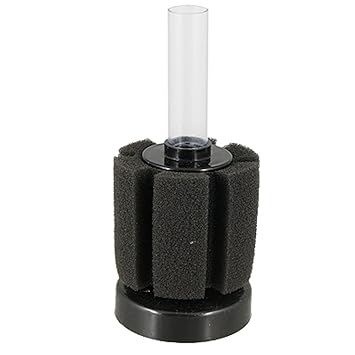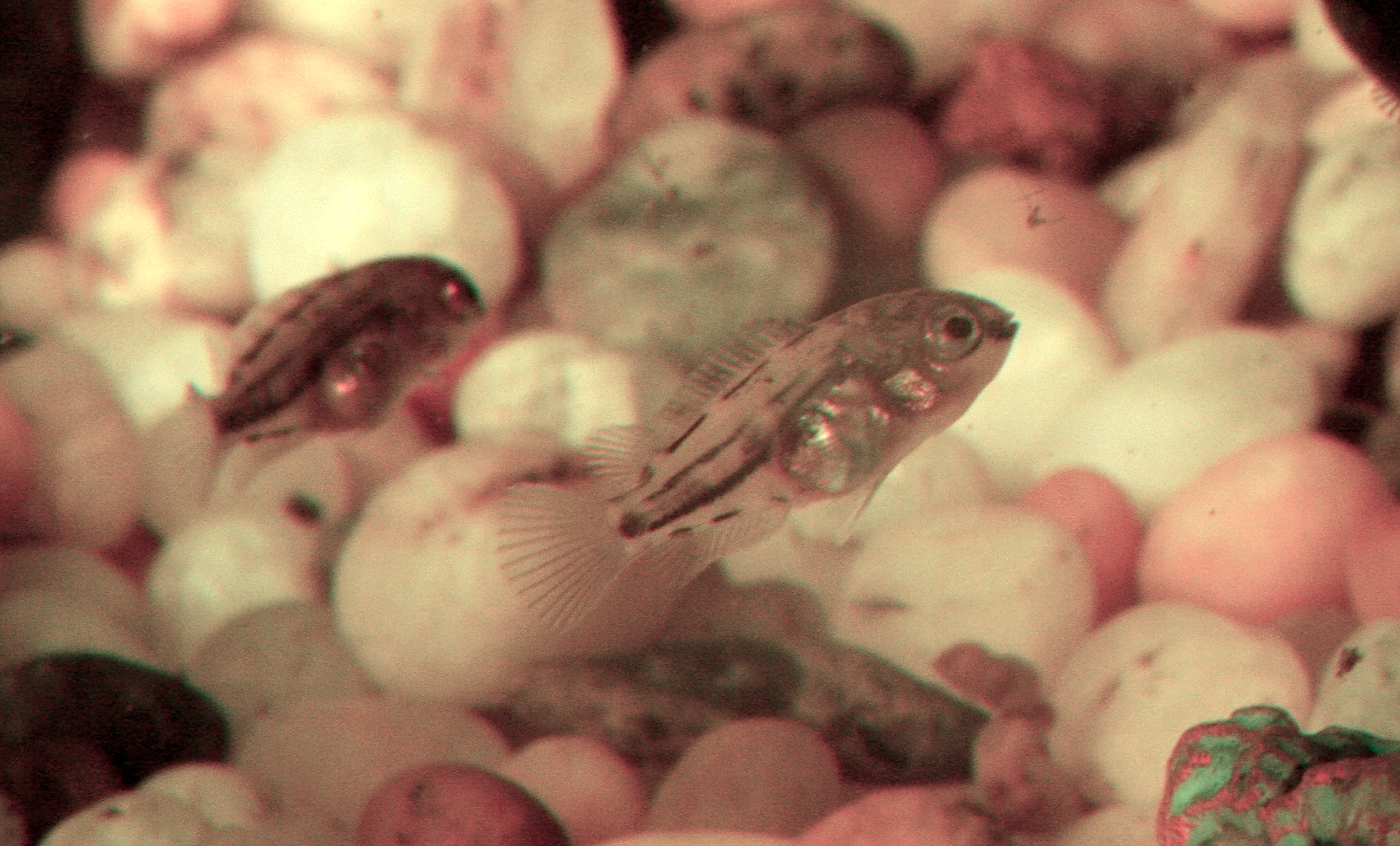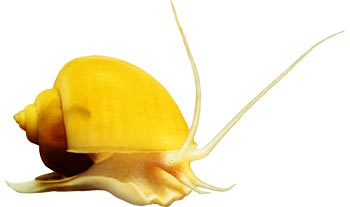The Aquarium Power Filter is a very useful thing for maintaining good water quality. Its highly efficient as a mechanical filter and somewhat a good biological filter as well. Since the power head drives a large amount of water through the media in short periods of time, they can get clogged up real fast. This also depends on what type, or how many fish you got in there, and how much you feed them. Sometimes, in a totally messed up tank, it may need cleaning daily.
Cleaning an Aquarium Power Filter isn't difficult and will just take a few minutes. There are many designs of these filters and all of them can be opened up for maintenance. The part you will be dealing with mostly is the sponge, so you must know how to remove it and fix it back. Different designs have different ways of opening and select the type that you find easy to open while buying. You could also ask the shop keeper to give you a quick tear down on the unit before you buy it to make things simpler.
So now that you have got your brand new filter, here is how you maintain it in order to achieve good water quality. Follow the instructions here:
Before you start with maintaining your filter, don't forget to switch off the power. Then disconnect the power chord from the outlet. This is a precautionary measure to avoid shock. Since your working in a wet place, dealing with electric appliances can be very dangerous and you don't want to take any chances.
Now the filter will be secured firmly onto the glass of your aquarium with the help of suction cups. Do not haphazardly force pull out the filter as this may damage the cups. Use your fingers and nails to scoop the cup a bit to stop the vacuum and gently pull out. This might take a bit of practice, but if your having difficulty doing this right, you could start by slowly pulling the unit out.Some filters come with a separate mounting bracket, so each time, you don't have to go through the hassle of removing the suction cups.
 Step 3 - Removing the Sponge
Step 3 - Removing the Sponge
Now, as mentioned earlier, each filter has its own design and hence has a different way of opening. If you had asked the shop keeper to demonstrate the tear down of your filter, by know you would have a fair idea on how to open the unit to access the sponge. To make things simple, your focus is on the lower part of the filter, which contains the media. So, the case holding the media is fitted below the power head. Some cases may need to be simply pulled out, for some there might be a notch holding it in place, so you might need some press and pull action to get it out while others may have a screw in and out mechanism which is the easiest to handle. So, when attempting this for the first time, be patient and handle your filter unit gently. It's not that difficult and eventually, you will figure it out. Once you have removed the media case, you can pull out the filter sponge.
Step 4 - Cleaning the Sponge
Now here's the main part of your aquarium filter maintenance process. Now that you have got the sponge out of the case, it time to rinse it. But, hold on! There are certain things you need to follow when rinsing the media.
Firstly - Use aquarium water only to rinse it. Do not use tap water. Fill some aquarium water in a bucket and then rinse the sponge in that water.
Then hold the sponge in the water and keep squeezing till you get off all that extra dirt. Don not over do this, as you will also loose valuable bacteria. The objective here is to get rid of the dirt that's clogging the media and not the bacteria. Even though, the cleaning process inevitably leads to some loss of good bacteria, that's nothing to worry about, as most of the bacteria hooks onto the media real firmly. By cleaning the sponge of all the dirt, this ensures a smoother flow of nutrient rich water throughout the sponge media, that provides food for the bacteria to thrive upon. Avoid cleaning the sponge too often, to avoid excess loss of good bacteria.
Observe the water flow from your filter, and only if its reduced, then it means that its clogged up and needs cleaning. You can judge this by observing the air flow, if you have an air tube attached to the unit. Most filters come with this to increase aeration. The force of the water flow through the narrow outlet passage, sucks in air from the tube and into the water in the form of a fine bubble mist. Observing the amount of bubbles determines the force of the water flow and you can judge accordingly.
Step 5 - Cleaning the Power Head
Cleaning the power head is not needed as frequently as the sponge media. Even though dirt does collect in the engine, it doesn't happen any fast. Without cleaning, it may take a few months, to accumulate, bad enough, to clog the engine. But you can prevent this by simply spraying water at the inlets of the power head to force out derbies. Spraying your power head whenever you clean the sponge is a good practice.
If your power head is clogged up badly, it add a great deal of load on the unit. This puts pressure on the coil and reduces the life considerably. In this case, you will need to open up your power head for some cleaning. Opening up your power head is not difficult at all. The power head is not a complex unit.
It consists of:
- The coil thats enclosed in a resin based tough enclosure that protects it from water.
- The magnetic rotor that comprises of the magnet that's mainly joined to the plastic fan to make it one piece.
- The steel rod around which the rotor is secured. On either sides of the rod, there might be rubber washers, to hold the rod firmly.
- The turbulence chamber. This is where the propeller forces water through.
These parts are easily detachable. When cleaning, all you will need to do is remove the propeller from socket and hose off the dirt. Also hose the chamber in which the propeller magnet sits. Look out for hair or strings that may tend to knot up the propeller. You do not have to take the propeller apart to clean it.
The Convict Cichlid (Kindle Edition Ebook)






















